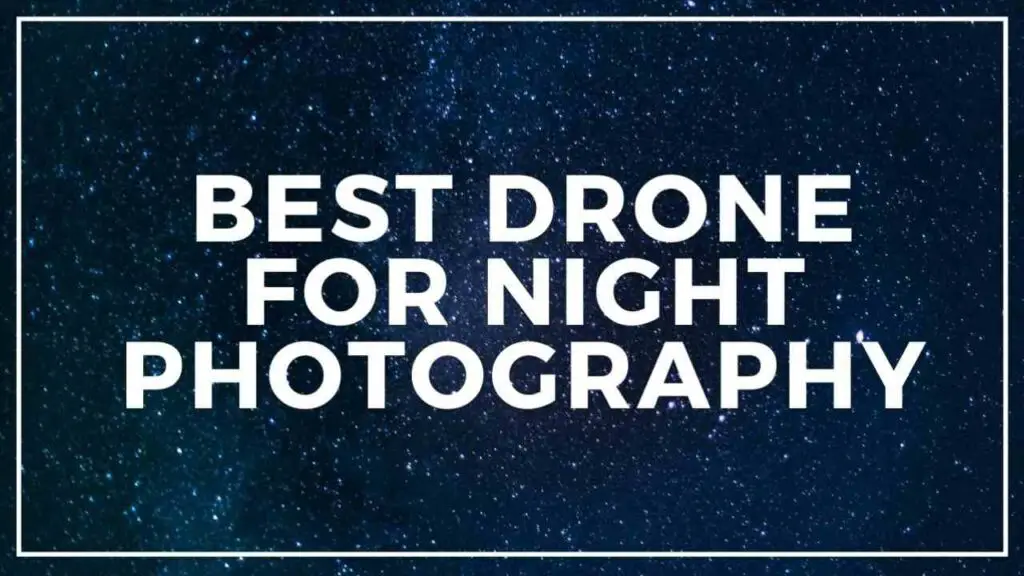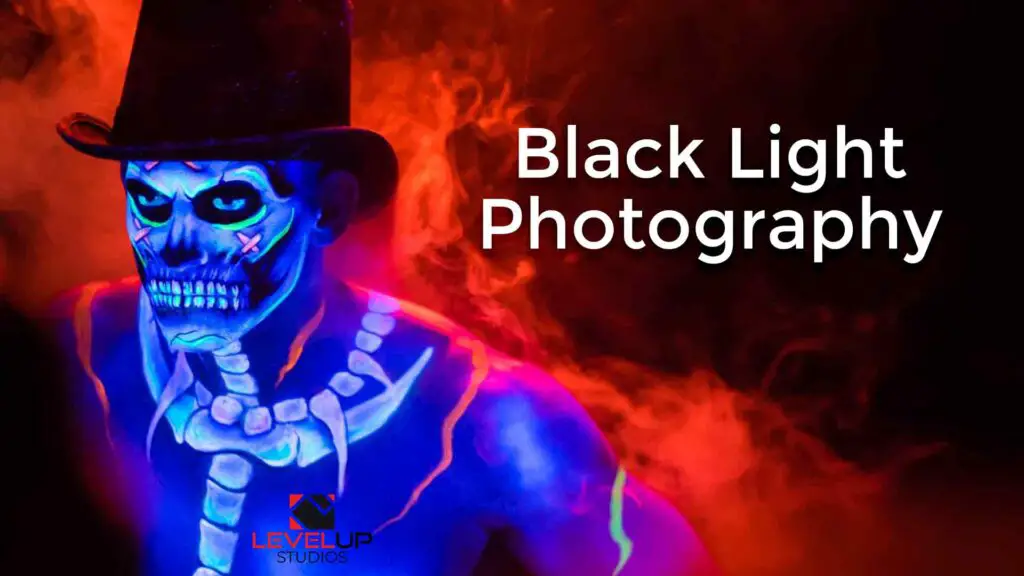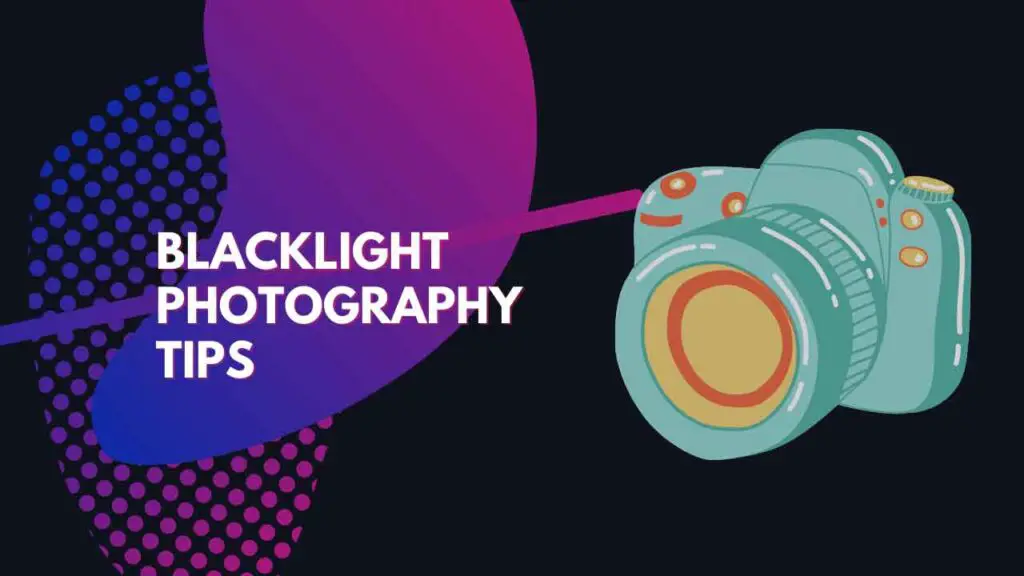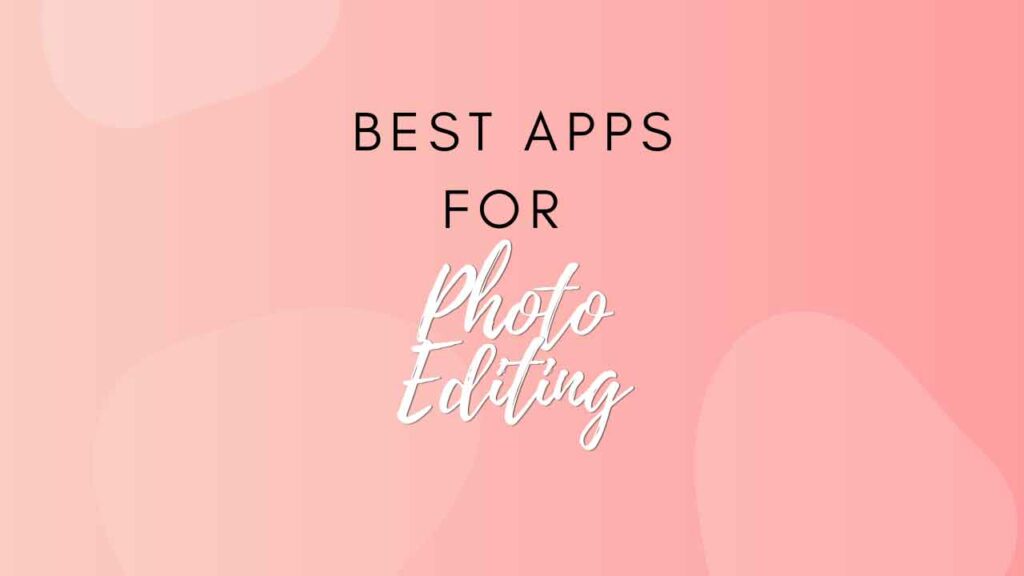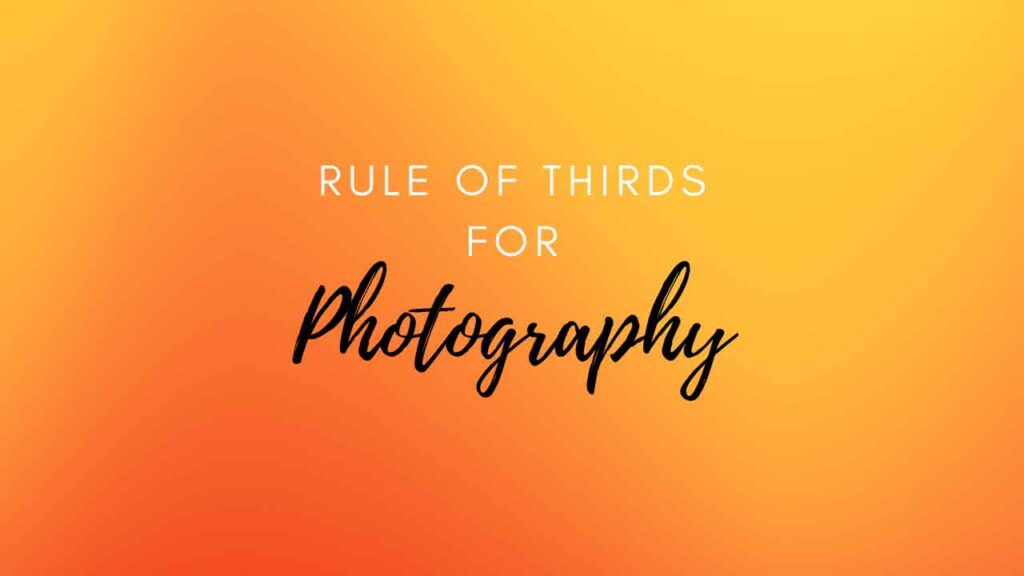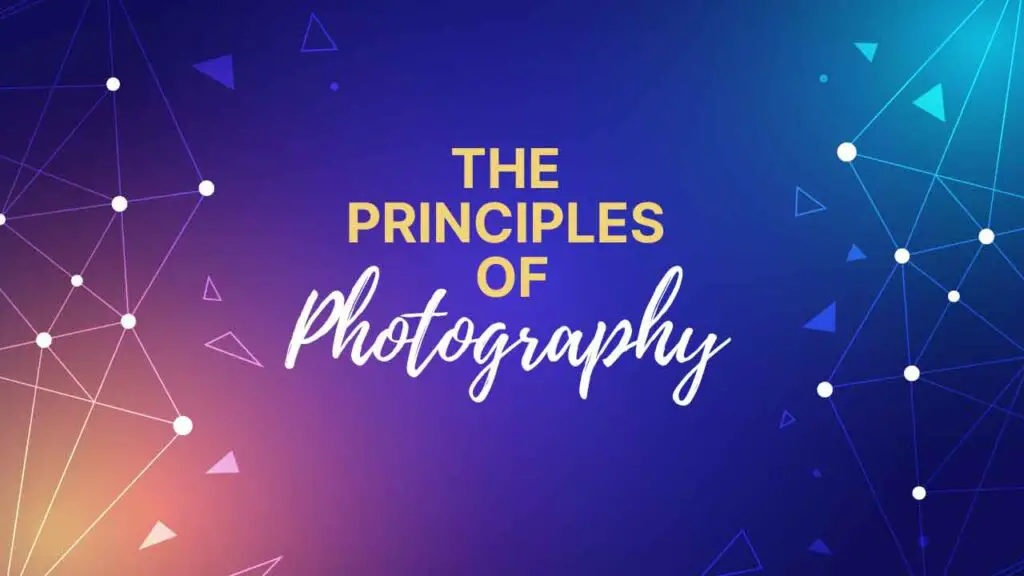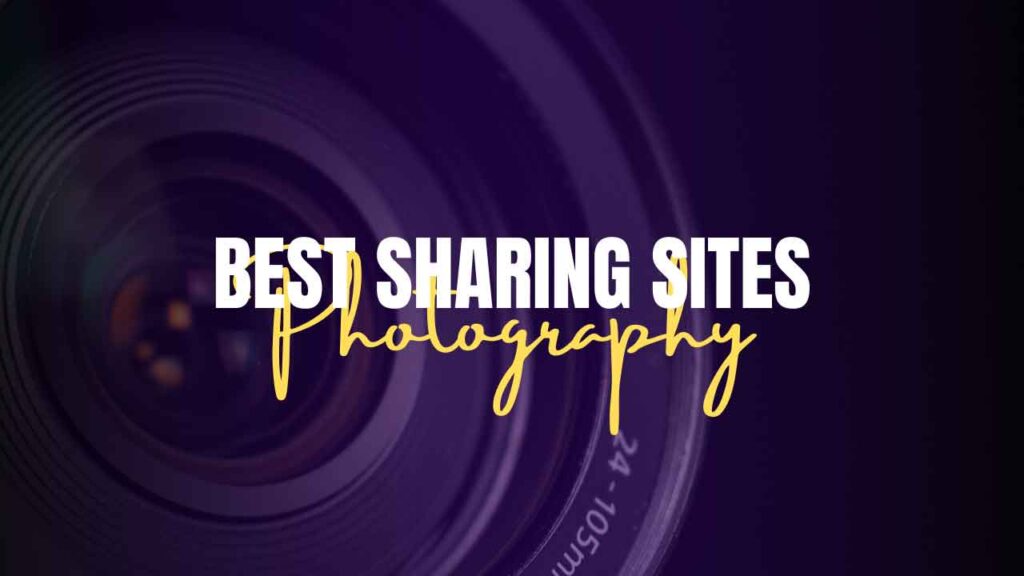THIS ARTICLE MAY CONTAIN AFFILIATE MARKETING LINKS! IN CASE YOU MAKE A PURCHASE THROUGH ONE OF THE LINKS, WE'LL GET A SMALL COMMISSION. WITH NO EXTRA CHARGES TO YOU. THANKS!!
With drone photography capturing the heart of many shutterbugs, the beauty of night-time landscapes appears more accessible and mesmerizing than ever before. Across various applications, from professional cinematography to amateur photography, drones equipped with high-quality cameras and low-light capabilities are transcending the boundaries of traditional photography. This article uncovers the essence of drone photography, explicates crucial factors to consider when purchasing a drone for night-time photography, and navigates through the top options available today. Additionally, it will provide handy tips and tricks to maximize the potential of your drone, enabling you to transform beautiful nightscapes into works of art. Let’s explore the best drone for night photography.
Understanding Drone Photography
An Introduction to the Drone Photography Landscape
Drone photography may have seemed a far-fetched idea to most people a few years back, but today, it has taken the world by storm. It involves the use of remote-controlled, unmanned flying machines, commonly known as drones, equipped with high-resolution cameras to capture videos and photographs from vantage points previously unattainable by regular cameras. The images captured are used in a wide range of applications, from surveillance and environmental monitoring to real estate marketing and filmmaking.
Public enthusiasm for this cutting-edge photography process has grown exponentially due to the unique aerial perspective it provides. There’s an impressive magnificence to the elevated view that drone photography offers–providing a fresh look into the things we see every day. The popularity surge also attributes to the advancement in the drone technology, which has become more accessible and affordable. Moreover, the drone regulations in many countries have also become more supportive promoting its popularity.
Understanding Drone Technology and Photography Techniques
Drone technology can be likened to a three-way intersection between engineering, photography, and piloting. A drone is essentially a flying computer, guided by an individual from the ground. It can hover high above or come down low for stunning visual imagery. The basics of controlling a drone and operating its camera do not require extensive photography or flying skills, making the technology readily accessible to the public.
Understanding the photography techniques specific to drone use significantly enhances the quality of the footage. Smooth movements, gradual climbs, and tracking shots are fundamental techniques that create cinematic and aesthetically pleasing results. A good photographer also understands the influence of lighting, composition, and framing, which apply both to conventional and drone photography.
However, taking photographs at night presents a whole new set of challenges, thanks to decreased visibility, potentially problematic lighting conditions, and FAA regulations that require drones to remain within the operator’s line of sight at all times. Hence, it becomes critical to carefully select the right drone for night photography.
Selecting the Ideal Drone for Night Photography
To select the ideal drone for night photography, it’s essential to pay close attention to a few key drone and camera features. One of the most important is a camera which can handle a high ISO range without generating excessive visual noise. Inadequate light conditions demand a high-quality camera that can capture clear, detailed images.
You should also consider the Brandon aviation light requirement. According to FAA regulations, drones flying at twilight need lights that can be seen up to three miles away. These lights not only allow drone operators to comply with the rules but also help maintain sight of their drones, potentially avoiding accidents.
The drone you choose should also offer obstacle avoidance capabilities. This feature uses advanced sensors and software algorithms to detect and evade obstacles, thus ensuring safer flights in low-light situations.
Keeping these factors in mind can assist you in finding an ideal drone for your night photography needs, opening up an entirely new avenue to explore and capture breathtaking nocturnal landscapes.
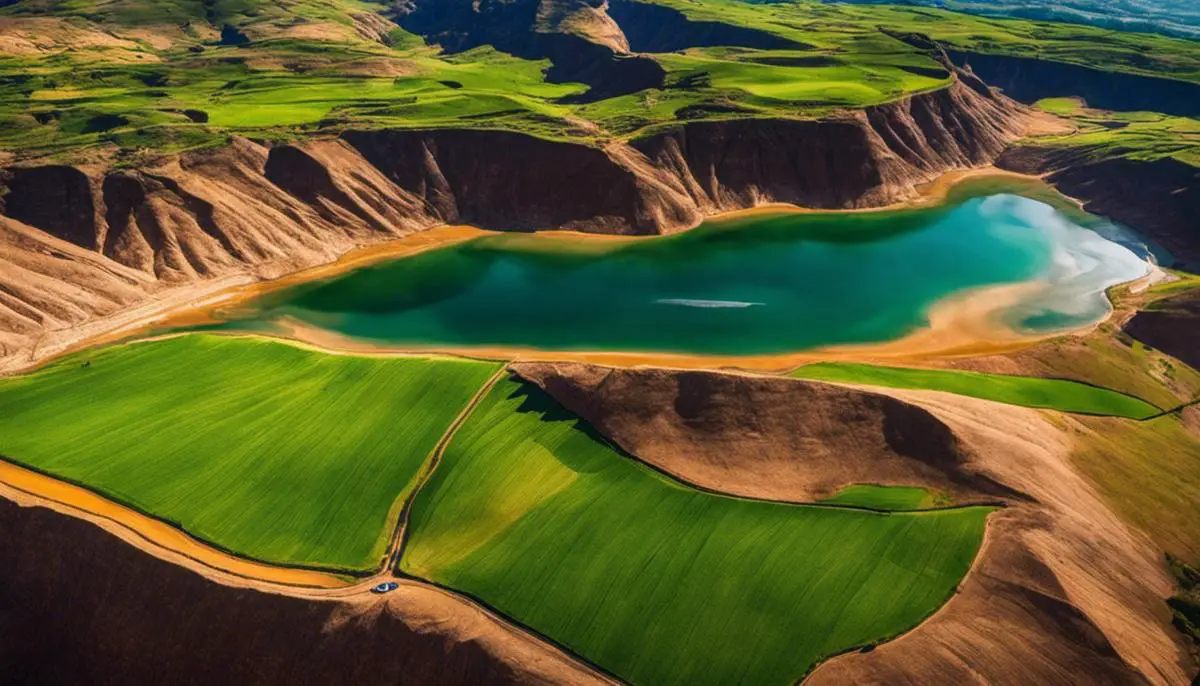
Factors to Consider When Buying Drones for Night Photography
Understanding Camera Specs
When it comes to choosing a drone for night photography, understanding the camera’s specifications plays a crucial role. These specs affect the ability of the drone to capture high-quality images and videos under poor lighting conditions. Look for a camera with a large sensor and a generous ISO range to ensure quality imaging in dark environments. The lens can also make a big difference. A wider lens with a large aperture can facilitate more light entry to the sensor, enhancing its light sensitivity, thus significantly improving the camera’s performance at night.
Flight Time and Control Range
Flight time and control range are crucial factors to consider when buying drones for night photography. Flight time determines how long the drone can stay in the air on a single charge. Longer flight times mean more time for capturing pictures and videos in the night sky. Control range, on the other hand, refers to the distance you can maintain between yourself and the drone while still being able to control it effectively. A longer control range allows the drone to cover a wider area and reach more distant or complex landscapes, making it particularly useful for outdoor nighttime photography.
Consider Lighting Capabilities
Taking photographs at night, especially in outdoor settings, often means dealing with low-light conditions. As such, drones with integrated LED lights prove invaluable for night photography. These lights not only assist in lighting up the scene for better image capture but also provide visibility, making the drone easier to control in pitch-dark conditions. Some drones come equipped with adjustable light intensity or even different color lights, offering more flexibility and creativity in night photography.
Camera Stabilization
Stability plays a huge role in capturing sharp and high-quality photos or videos—especially in low-light conditions where the camera’s shutter stays open longer to allow more light in, making images more prone to shakiness. That’s why it’s essential to select a drone with a reliable and responsive camera stabilization system. Most high-quality drones employ a gimbal system to keep the camera steady, even while the drone is moving.
Noise Levels
Noise levels are another important consideration when choosing drones for night photography. A louder drone may be a nuisance in quiet, residential areas—disturbing both people and wildlife. Quieter propellers and efficient motors can help keep noise levels to a minimum, making for unobtrusive, neighbor-friendly flights.
Durability and Resilience
One of the prime attributes to focus on when considering a drone for night photography is its durability and solidity. These factors are connected to the quality of the build, the materials used in its construction and its ability to withstand different weather conditions. A water-resistant drone provides further certainty, especially when operating near bodies of water or in damp conditions. Given that a high-quality drone for night photography can be a significant investment, the resilience, robustness, and weather resistance of the drone become crucial factors, greatly influencing its usability, performance, and overall value.
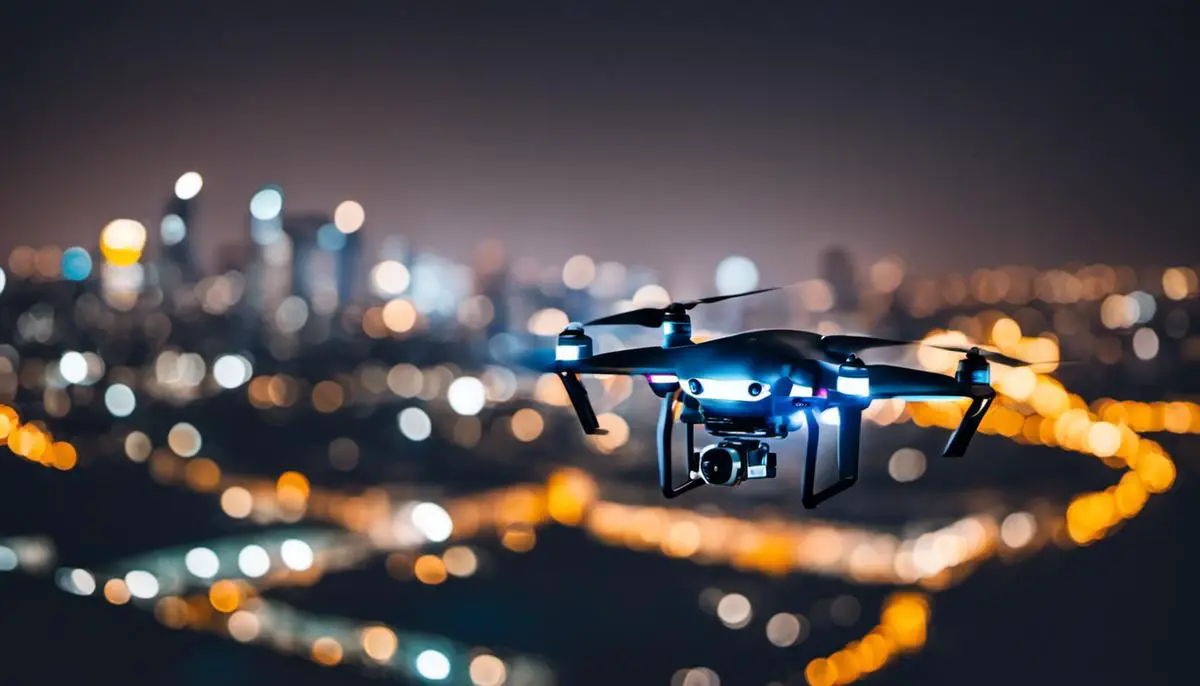
- Best Camera for Car Photography
- What is Value in Photography?
- Some Most used Techniques in Photography
5 Best Drone for Night Photography
The Hubsan Zino Pro
The first drone that we recommend for night photography is the Hubsan Zino Pro. The Zino Pro is a credible mid-range option offering a 4K UHD resolution camera. This drone has the capacity to capture the stunning views of the night sky with remarkable detail and sharpness. It includes a detachable 3-axis gimbal which guarantees smooth, vibrant, and undisturbed photographs. With a respectable flight duration of up to 23 minutes and an operating range of 4km, it enables the capturing of various aerial scenes. While it lacks specific night-time features like lighting, it’s high aperture ensures sufficient light capture under low light conditions. However, its performance may dip in cases of extreme darkness.
DJI Phantom 4 Pro V2.0
Renowned drone manufacturer, DJI, offers the Phantom 4 Pro V2.0, a popular choice for night photography. This high-end drone features a mechanical shutter and an impressive 1-inch 20 MP CMOS sensor, allowing it to capture high-quality photos in low-light conditions. It also includes a powerful infrared sensing system that aids navigation in the dark, enhancing safety during late-night flights. The flight time of up to 30 minutes and a remote control range of 7km provides you plenty of opportunities for perfect shooting. However, with its premium features, comes a comparably higher price point.
Autel Robotics EVO
Next is the Autel Robotics EVO, a foldable drone with an impressive camera sporting a 1/2.3″ CMOS 12MP sensor capable of capturing 4K resolution photos. Best known for its Autonomous flight modes, the EVO provides a reliable, hands-free experience with safety in mind. The aircraft is equipped with rear and front-facing cameras to detect and avoid potential obstacles even in less-than-ideal lighting conditions. A solid choice for night flights with a flight time of 30 minutes and a range of 7km. However, the lack of specific light adjustment features is a downside.
Parrot Anafi
The Anafi from Parrot is a portable, user-friendly drone that caters to a variety of needs, including night photography. Although it has a slightly smaller camera sensor at 21 megapixels, its ASPH lens and Ambarella video processor can ensure high-quality image capture. One noteworthy feature of the Anafi is the 180-degree tilt gimbal, allowing you to shoot from extraordinary angles. It operates for around 25 minutes with a range of 4km. Nonetheless, the Anafi lacks obstacle avoidance, demanding careful operation in dark conditions.
Yuneec Typhoon H Pro
The Typhoon H Pro manufactured by Yuneec is an elite professional drone that deserves consideration for your night photography needs. The drone carries a top-notch 12 MP camera and is equipped with a 360-degree gimbal, ensuring effortless capture of 4K footage. Moreover, it incorporates RealSense technology that identifies and bypasses obstacles, promoting safer night flights. The drone is distinctively engineered with retractable landing gear and six rotors, enhancing stability during flight. Despite having a flight duration of 25 minutes and a range of 1.6km – which may be less than some other models – the Typhoon H Pro shines with onboard, brilliant LED lights that improve visibility during night flights. However, be prepared to invest, as this high-quality drone comes with a sizeable price tag.
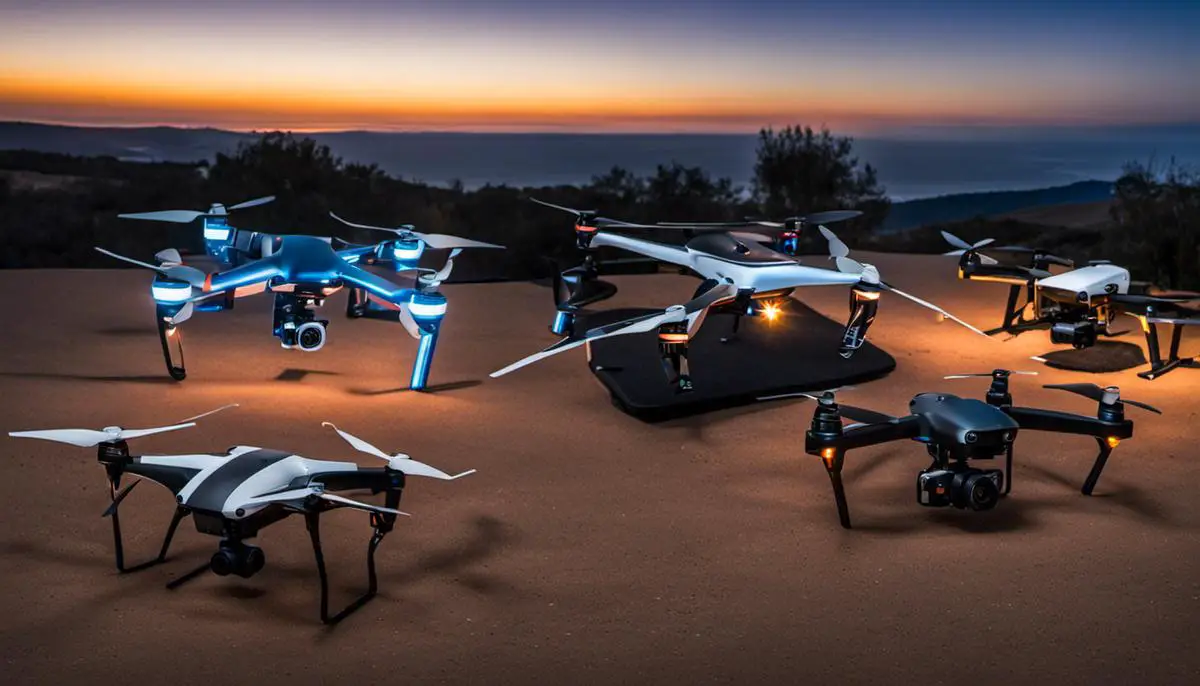
Using Your Drone: Essential Tips & Tricks
Selecting Suitable Equipment
Selecting a drone with a high-quality camera is a principal element when it comes to producing successful night photography. The reason being, optimal night photography necessitates high ISO settings and a low-light sensor to yield radiant and crystal clear snaps in low light conditions.
Between the many contenders, drones like the DJI Mavic Pro and the DJI Phantom 4 Pro lead the pack as the best drones for night photography. This is mainly due to their superior cameras, which are designed with adjustable aperture and shutter speed. These drones also possess larger sensors which can collect more light, making them indispensable for night photography.
Adjusting Camera Settings Correctly
Once you have the right drone, the next step is adjusting the camera settings to suit low-light conditions. Set ISO levels high to allow more light into your photos (an ISO of 800 to 1600 is generally recommended). It’s also advisable to lower your shutter speed to allow the lens to gather more light.
Conversely, set a wider aperture (low f/number) to allow more light into the sensor, thus brightening the image. However, beware of ‘noise’ or graininess in your photos due to high ISO levels. Some of the newer drones have an in-built noise reduction feature that can help with this issue.
A drone with raw shooting capabilities can be beneficial for night photography. Images in raw format store all data from the sensor, giving you much more control in post-production to adjust exposure and noise levels compared to a JPEG.
Managing Drone Maneuverability
Controlling and stabilizing your drone during night hours requires practice and skill since visibility reduces significantly. Equip your drone with lights to keep track of its location and direction. Some drones come with built-in LED lights.
Remember to keep your drone within line-of-sight for maximum control, especially in nocturnal conditions. Furthermore, using a drone with good obstacle avoidance systems can help prevent accidental crashes in the dark.
Mastering Drone Flight Techniques
Becoming proficient in drone flight techniques improves the opportunity for good night photography. Practices such as slow and stable flight can increase the camera’s ability to capture more light and yield sharper images.
Remember to plan your flight path in advance to mitigate challenges related to reduced visibility. Using features like waypoint mode to preset a flying path can save time and improve your results.
In conclusion
Investing in a drone rich with quality features, mastering low-light camera settings, enhancing your flying skills, and employing sophisticated flight techniques can greatly improve your drone night photography.

Photo by davidhenrichs on Unsplash
Whether you’re a seasoned professional or a novice venturing into the world of drone photography, finding the perfect drone that aligns with your needs can be transformative. It opens up a whole new realm of possibilities and enables you to capture the world from a unique vantage point. Remember to prioritize key factors like camera specifications, flight time, control range, lighting capabilities, and durability when deciding on the best drone for night photography. Leverage the potential of in-built settings to handle noise reduction and darkness, and conquer the skies with confidence to bring your artistic vision to life. Embrace the thrill of exploring unseen perspectives, and let your drone be your companion on this fascinating journey through the night sky.
